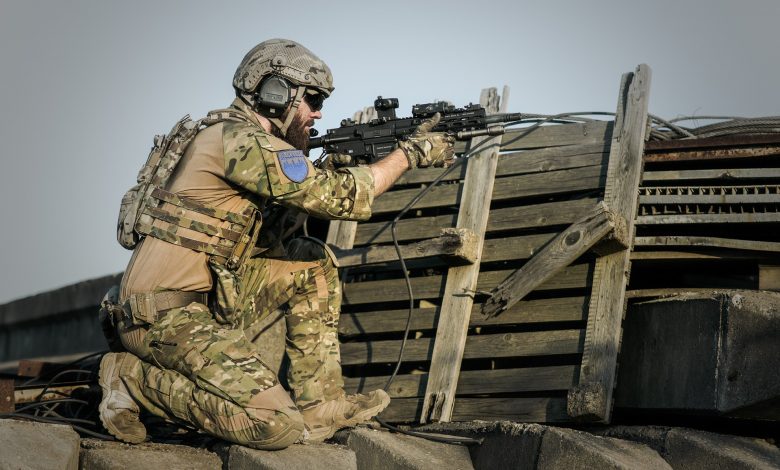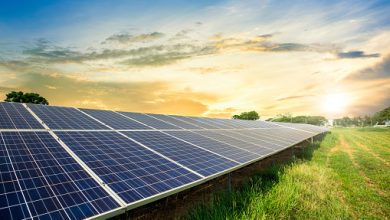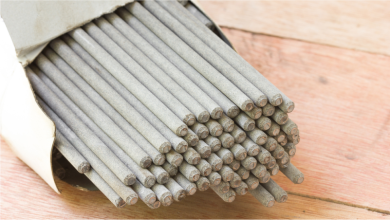How Can Bulletproof Vest And Tactical Armor Be Better Designed For The Military Operations?

Bulletproof Vest is the type of garment that is common in the equipping of security forces.
The vests are not perfect, but in most cases, they do have the ability to prevent the projectile from penetrating them.
How do they get it? With layers. Layers and layers of very resistant materials deform the bullet as it passes through them and disperses the shot’s energy through its entire surface.
Resistant material: Steel, titanium, ceramics, and polyethylene are the most common materials in the composition of bulletproof vest.
They form a network of very resistant fibers, which absorb and disperse the bullet’s impact. In addition, the energy goes from layer to layer so that the bullet is loses velocity when it passes through them.
There are vests made with rigid plates – the most resistant – and others flexible, which are more comfortable and weigh less than the first. The choice of one or the other depends on the potential threat to the user. However, all manufacturers warn that the vests cannot stop everything and that some projectiles can get through them.
And even in cases where the military bulletproof vest does stop a shot, the strength of a bullet is such that the person who has received the shot will feel a strong blow, like a hammer blow, and end up with a good bruise in the area.
Nothing, however, compared to what a bullet fired on an unprotected torso can do.
Is There Any Bulletproof Vest Material better Than Kevlar?
Yes, it’s Steel. Ceramics will also work better against higher caliber threats.
Usually, with Kevlar, tightly woven fibers catch the bullet, and with each tiny but strong fiber, the bullet snaps and loses a little speed. With millions of fibers, eventually, the bullet runs out of speed, but it depends on the round. The major problem with Kevlar is it won’t stop rifle rounds (5.56, 7.62×39, or any of several other common calibers), though it WILL stop pistol rounds.
The primary reason for this is surface area. Pistol rounds make up for their lack of speed by increasing the mass, but since they have to be short, they’re wide.
In addition, rifle rounds are not only faster. Still, they are thinner and more elongated than pistol rounds, meaning they easily break the fibers in front of them and push ones to the side out of the way, punching a hole in the Kevlar and possibly in your chest.
Steel Ballistic plates use the simpler but heavier method of simply being very strong and not bending to the bullet, shattering the softer lead and copper and spreading the energy through the whole plate and into your body, rather than into a quarter-inch hole through you, leaving you relatively unharmed.
The major trade-off when using Steel instead of Kevlar is you’re less mobile because the Steel can’t bend (obviously), unlike Kevlar, and you’ll feel the Steel in your back in a few hours, while the Kevlar is merely hot, not heavy.
How Effective is Kevlar at Stopping Bullets?
That depends on the Kevlar and the bullet. Kevlar is a brand name we’ve come to use as a common name, much like Band-aids. It’s a synthetic fiber that, when woven together, displays properties thanks to the nature of its component materials and disperses kinetic energy across the surface of the woven material from the point of impact.
Level IIIA is the strongest you can wear under your clothes or uniform. Any larger than that is too bulky.



